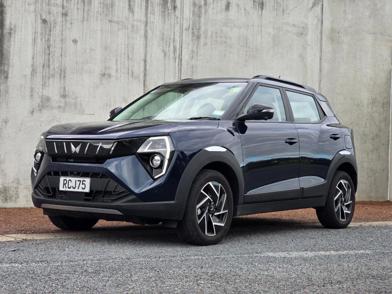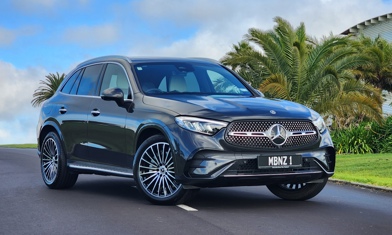What’s this new car all about then?
BYD New Zealand will tell you that the Sealion 7 is an all-electric SUV coupe version of the plug-in hybrid Sealion 6. Which makes sense, given their respective names.
But the Sealion 7 is actually more of an SUV version of the Seal sedan, as it uses the same underpinnings and structural battery set up as the sleek saloon. And just to add to the confusion, the Sealion 6 hybrid is also called the Seal U in Europe.
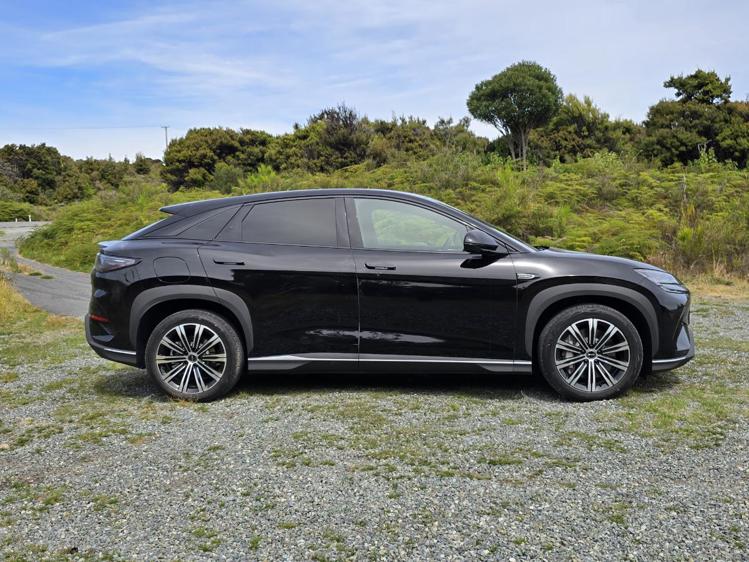
Of course, in reality none of that actually matters, as the Sealion 7 is simply a slick all-electric SUV coupe that continues BYD’s run of landing truly impressive vehicles with seriously aggressive pricing.
The Sealion 7 range will kick off in New Zealand with two models - Premium and Performance – both with the same big 82.6kWh battery.
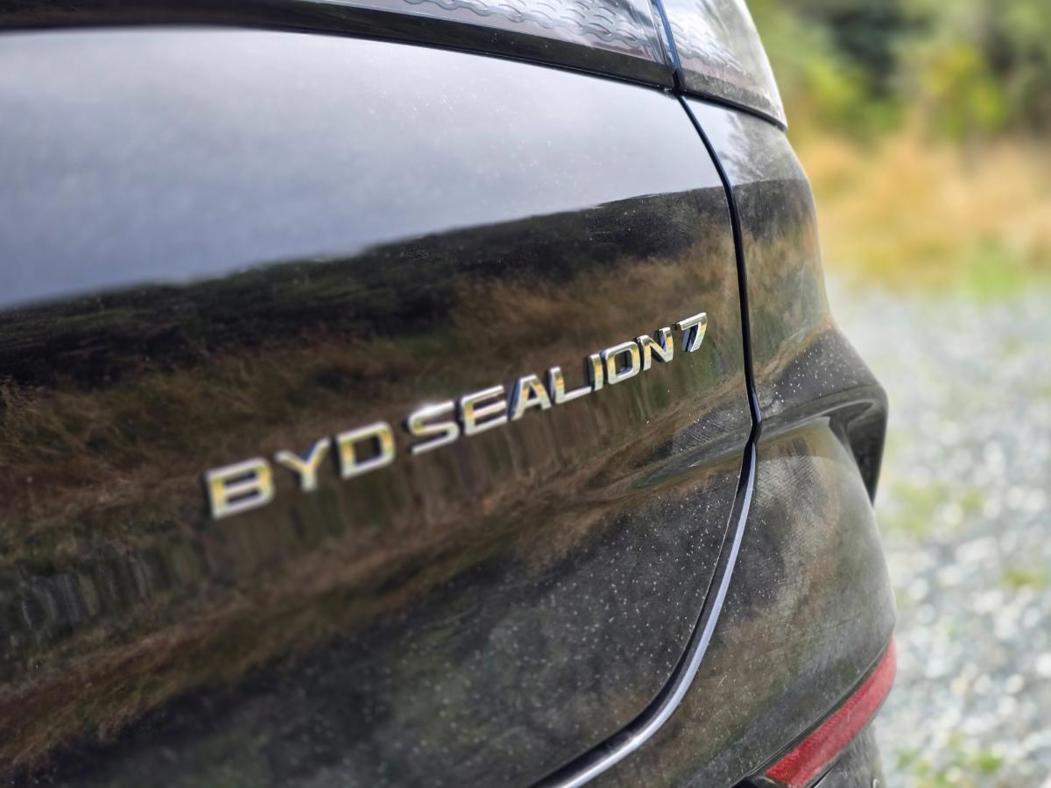
While the Premium model packs a single 230kW/380Nm permanent magnet synchronous electric motor on the rear axle, the Performance model adds an additional 160kW/320Nm induction asynchronous electric motor (which are less efficient, but much cheaper than permanent magnet motors) up front for a combined peak output of a hefty 390kW and 690Nm.
BYD says the Premium will scamper to 100km/h in 6.7 seconds and have a WLTP range of 482km, while the Performance will slash the sprint to just 4.5 seconds and have a range of 456km.
Both models are capable of 150kW DC fast charging and feature V2L functionality, along with a vast suite of safety features and driver assists.

The limited charging speed on DC fast chargers is disappointing but is really the only small blemish on the Sealion 7’s impressive spec sheet, and even then it is good enough to take the battery from 10% to 80% in 32 minutes.
How much is it?
Much like the Shark 6 ute (whose party it crashed by being a surprise guest at the ute’s local launch), the Sealion 7 comes out swinging when it comes to pricing, with the Premium kicking off the range for $67,990, while the Performance lands at $79,990.

Much like a particular American, Chinese-built competitor it is aimed squarely at, white is the only colour that doesn’t command a premium, with black, Shark Grey and Atlantis Grey (which is actually more of a blue) asking $990 more.
Colour is the only option, however, with the Premium coming packed with kit like 19-inch alloy wheels, a panoramic sunroof, double-glazed glass, leather upholstery, trim and steering wheel, heated and ventilated front seats, a 10.25-inch digital instrument display and a rotating 15.6-inch infotainment touchscreen, LED lights all round, a voice assistant, music streaming, satellite navigation, wireless Android Auto and Apple CarPlay, keyless entry and start (including an NFC card and a digital key function), wireless phone charging and dual zone climate control.
As a measure of just how well equipped the Premium is, the extra $12k asked for the Performance model only adds coloured brake calipers (they’re only painted; still the same brakes), 20-inch alloy wheels, a heated steering wheel and heated rear seats to the equipment roster. As well as the extra motor and big jump in performance, that is.

What’s it like to drive?
Absolutely superb. While it was a surprise guest at the Shark’s launch, we still managed to get a decent amount of time behind the wheel of the Sealion on South Island roads, where it proved to be even more impressive than its already impressive PHEV namesake.
On the road, the Sealion 7 feels like a car with a much larger price tag, with a superbly controlled body, accurate steering and a wonderfully composed ride that gave it a superbly flowing nature over the undulating grey roads (I'm sorry, that still seem weird to a North Islander...) of Southland and Central Otago.
Driver assists are extremely well calibrated and not particularly intrusive, but they are also extremely easy to adjust or turn off altogether, while the cabin is nicely laid out and supremely comfortable.

Like all BYDs, the sheer number of options and features densely layered in the infotainment screen can be a bit confusing and overwhelming at first, but once you are more familiar with the system it becomes easier to navigate. There is also a nice consistency across models, so an Atto 3 owner upgrading will be right at home in a Sealion 7.
What’s the pick of the range?
Hard to say at this stage, as we only drove the Premium, but the Performance will need to be very good indeed to justify the $12k extra even with the extra motor and grunt on hand. Although, we rather suspect it will be.
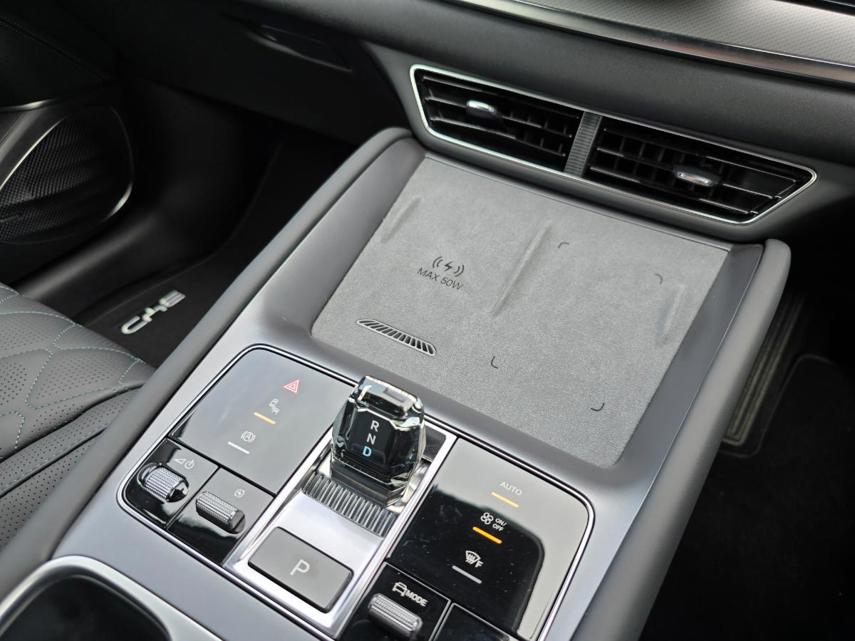
What other cars should I consider?
I mean, it’s pretty obvious where the Sealion 7 is aimed – squarely at the Tesla Model Y.
While you can snag a pretty sharp deal on runout examples of the current model, the new Model Y will start at $73,100 for the RWD entry car that packs a 466km WLTP range and a 5.9-second 0 to 100 sprint, while the long-range AWD (551km range and a 4.3 second 0 to 100) currently starts at $83,100. Elon could always change his mind between now and when deliveries begin in May, of course...
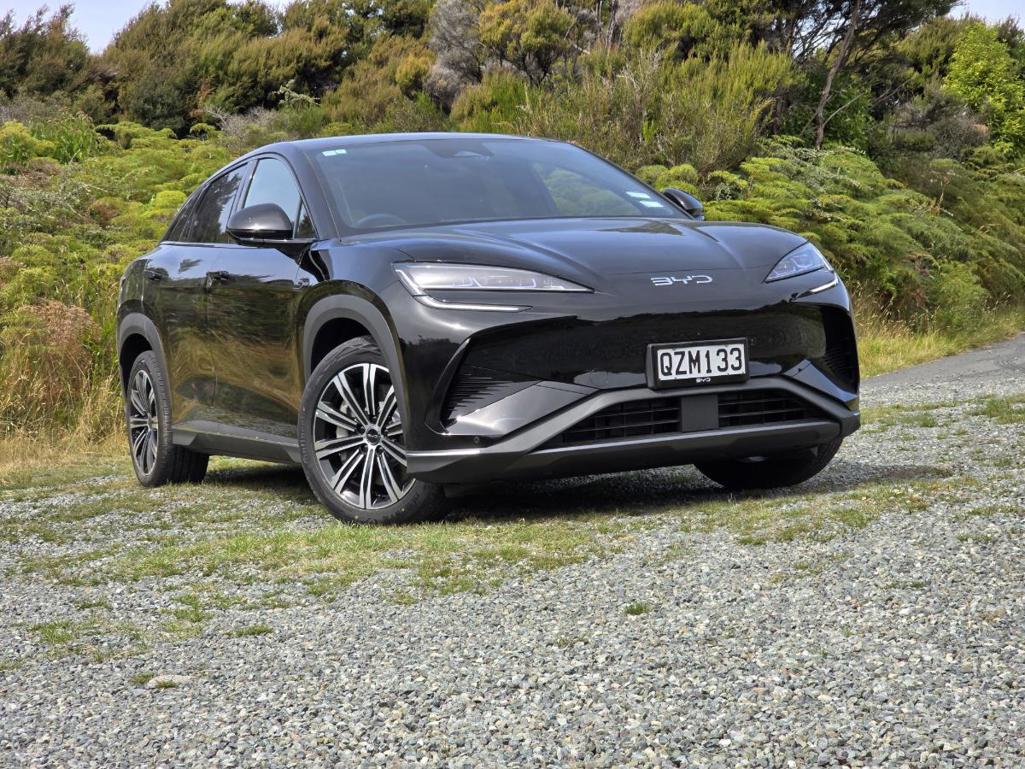
Other all-electric SUV coupe competitors include the likes of the Nissan Ariya ($59,990 to $89,990), Volkswagen ID.5 ($53,990 to $95,490), Toyota bZ4X ($57,990 to $66,990), Subaru Solterra ($79,990 to $84,990) and Ford Mustang Mach-E ($74,990 to $116,990).
But quite frankly, the sheer quality the Sealion 7 offers is actually closer to the far more expensive opposition from Germany, like the Audi Q4 e-tron Sportback ($104,990 to $120,990), particularly in terms of its interior.












